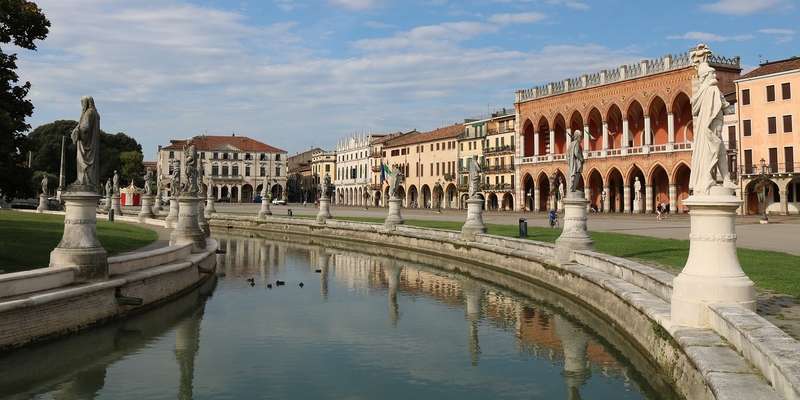- Home
- Useful Tips
- Where to find Padua's best...
Padua's medieval frescoes represent one of Italy's most significant artistic treasures, yet most visitors miss their hidden details or waste precious vacation time in endless queues. Over 1.5 million travelers annually crowd into the Scrovegni Chapel alone, with 78% reporting frustration with timed entry systems according to Veneto tourism data. The city's fragile 14th-century masterpieces require careful preservation, creating complex viewing logistics that overwhelm casual visitors. Without local knowledge, you might miss the Basilica of Saint Anthony's secret fresco cycle or fail to appreciate Giotto's revolutionary techniques that changed European art forever. This guide reveals how to experience Padua's painted wonders with the reverence they deserve.


Decoding Scrovegni Chapel's entry system
Giotto's Scrovegni Chapel frescoes revolutionized medieval art with their emotional depth, but the strict 15-minute viewing slots leave many visitors feeling rushed. The secret lies in understanding the dual booking system - while general tickets grant brief access, cultural association memberships offer extended viewing times. Arrive 30 minutes before your slot to watch the mandatory climate-control anteroom video; this buffer ensures you maximize your chapel time. Local art students often visit during lunch hours (1-2pm) when tourist numbers dip slightly. For those willing to splurge, private evening viewings reveal the frescoes' colors under carefully calibrated lighting that mimics medieval candle glow.
Hidden fresco cycles beyond the tourist trail
While every guidebook directs you to Scrovegni, Padua's lesser-known fresco sites offer equally stunning art without the crowds. The Basilica of Saint Anthony conceals Giusto de' Menabuoi's apocalyptic visions in the Baptistery, where the dome's celestial hierarchy will leave you breathless. Palazzo della Ragione's 14th-century astrological frescoes span an entire hall ceiling - visit at 11am when sunlight illuminates specific zodiac panels. For true hidden gems, seek out Oratorio di San Giorgio's intimate Passion cycle or Eremitani Church's fragments of Mantegna's destroyed masterpiece. These sites rarely require reservations, allowing spontaneous appreciation of medieval artistry.
Timing your visit for optimal viewing
Padua's frescoes transform with the daylight, and savvy travelers plan their visits accordingly. Winter mornings (November-February) provide the clearest light for Scrovegni's blues and golds, while summer late afternoons enhance the warm tones at Baptistery. Midweek visits avoid weekend crowds from Venice, particularly on Tuesdays when many cruise tours are en route to Florence. The city's university schedule also impacts access - aim for academic breaks in April and October when student groups thin out. Rainy days become unexpected blessings, as moisture in the air makes fresco colors appear more vibrant while driving tourists toward indoor cafes.
Preserving the art while enjoying it
These 700-year-old paintings require specific conditions to survive, which directly affects your viewing experience. Humidity-controlled environments mean no large bags or bulky coats are permitted - pack light to avoid time-consuming locker procedures. Photography restrictions vary by site; Scrovegni bans all cameras while Basilica of Saint Anthony allows non-flash photos for personal use. Consider bringing binoculars to appreciate brushwork details from designated viewing areas. Many visitors find that purchasing the Padova Card (which includes Scrovegni entry) supports conservation efforts while streamlining access to multiple sites. Remember to silence phones completely - the echo in these ancient spaces amplifies every sound.



